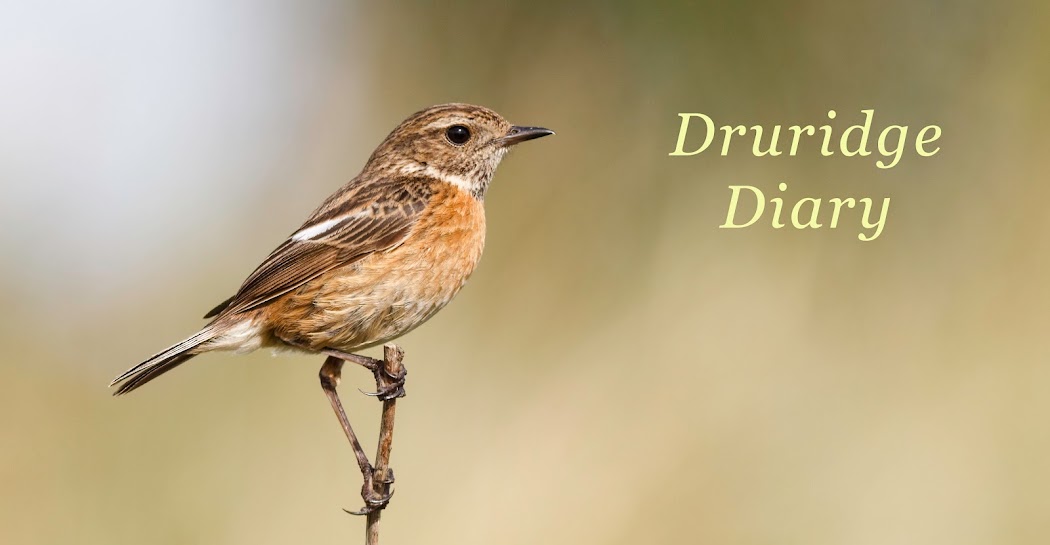After a busy day, I got down to Druridge after six this evening, starting with a look on the sea and quick scan for owls from the big dune but if I'd gone straight to the Oddie hide I would have a patch tick in the bag.
I didn't go to the Oddie hide because yesterday there was nothing to so see there.
So, I wander down from the big dune and bump into Alan Hall and Steve Rippon heading towards their car and tell me they'd just been watching a female mandarin duck on the big pool...."That'll be a patch tick for you?"...
They both headed down to the Oddie hide with me to show me where it had last been seen. I gave it an hour or so until we all agreed that it was either gone or had gone to roost. Gutted.
There's always tomorrow.
Aside from the anguish of dipping a patch mega, the highlights were a summer-plumaged red-throated diver offshore (first one of the autumn), a drake scaup on the big pool and the best bit of all - the long-eared owls have fledged three chicks, they were all calling on the reserve tonight.
This morning I've been up to Dunbar for the annual ringing session of the kittiwake colony there.
 |
| Dunbar Harbour kittiwake colony |
 |
| I also got to ring herring gull chicks |
I've been trying out the macro facility on the new camera, not sure what I am doing with it yet (like how to i get the whole damselfly in focus not just the head or tail) but here are a couple of efforts.
 |
| Azure damselfly |
 |
| Large skipper and viper's bugloss |
121 Scaup




-web.jpg)











